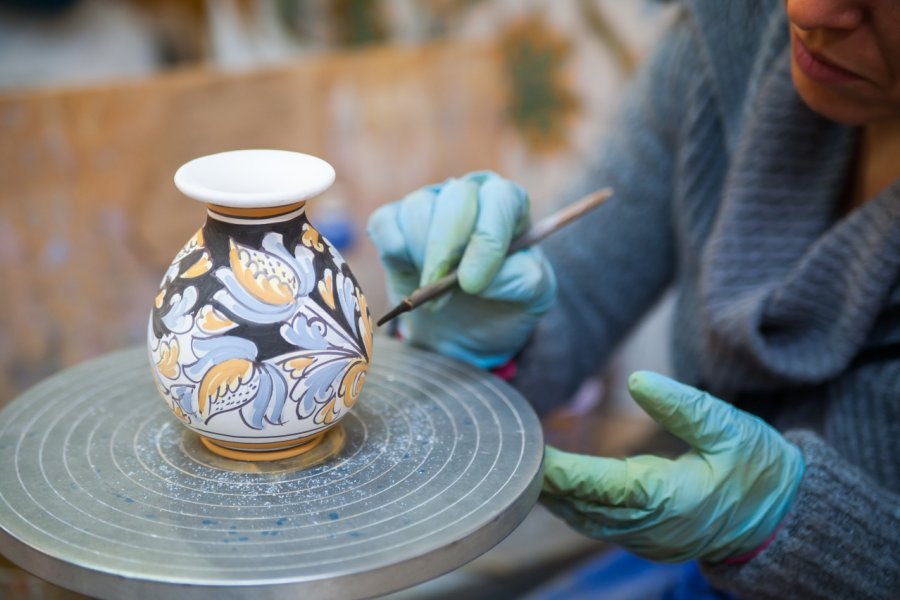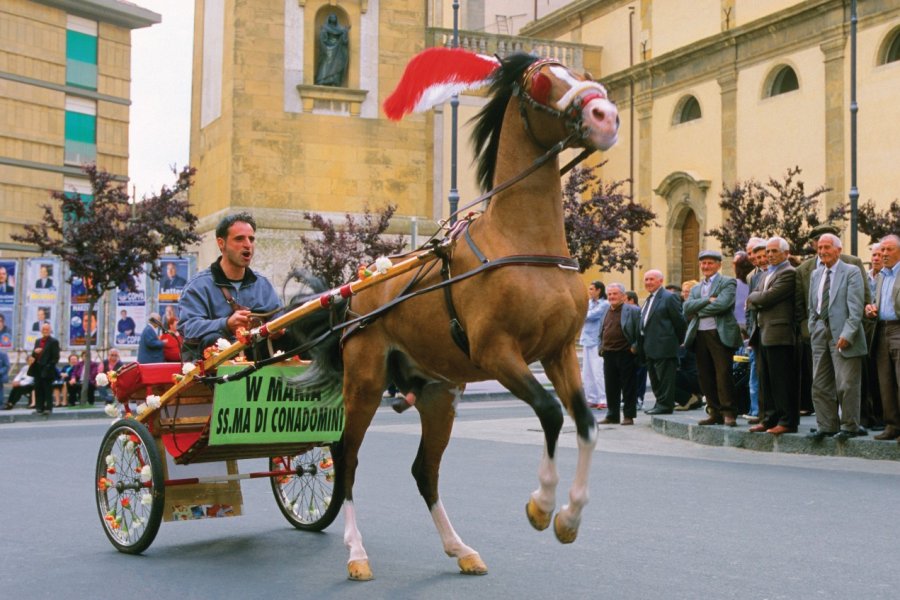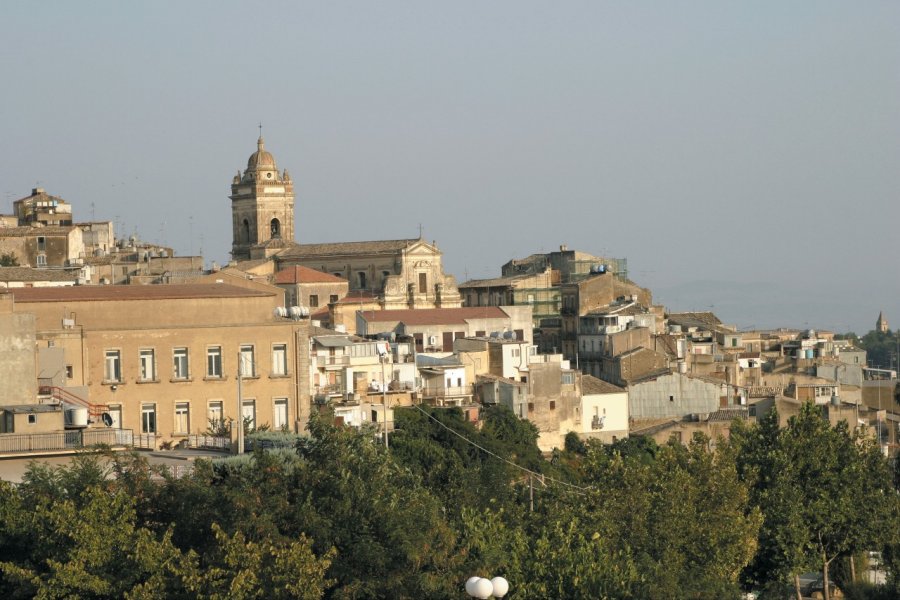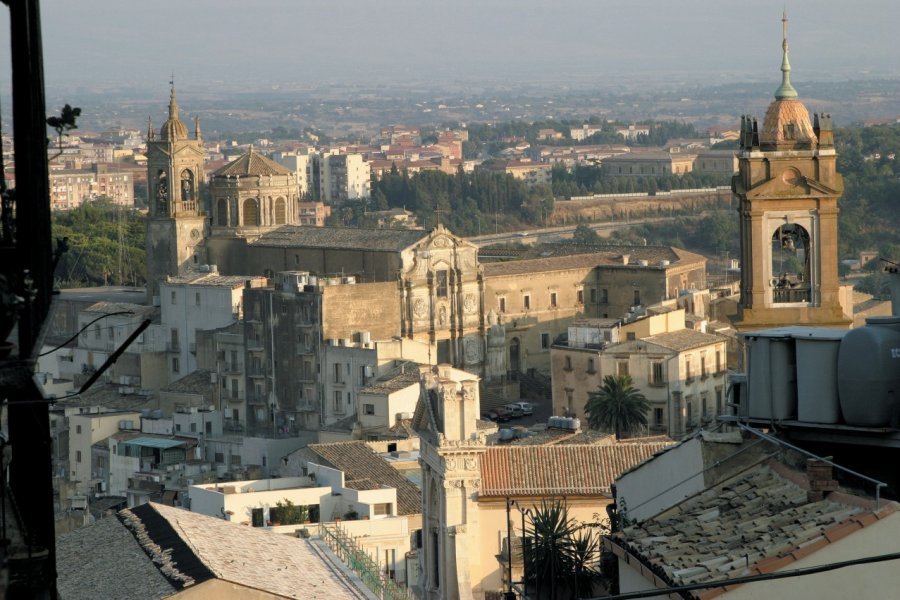Travel Guide Caltagirone
Find an accommodation
Advertising
Caltagirone owes its name to the Arabs, who called it Kalat al Giarun, "the hill of vases". It is the stronghold of earthenware production. The town, which is built on three hills, is home to beautiful churches and its famous ceramic staircase. In the heart of a small rural and peaceful region, not very touristy and therefore authentic. Straddling three high hills overlooking the Ionian and African sides of Sicily, the centuries-old town of Caltagirone, capital of ceramics, was already an important centre for the manufacture of ceramics in the time of the Siculi. The Siculi introduced highly innovative techniques for working clay. After the Arab occupation, the city was conquered by the Genoese, the Normans, the Aragonese and the Spaniards. It was razed to the ground by the terrible earthquake of 1693. When it was rebuilt, it decided to associate its destiny definitively with ceramics. Here, everything is ceramic: it decorates walls, bridges, cupolas, balconies, sidewalks, staircases..., and it is a whole people and a culture that are told through it. And if the beauty of this architecture, which integrates Gothic, Baroque and Art Nouveau, takes your breath away, it's a shame, because you won't be able to climb the 142 steps of its famous polychrome majolica staircase! The name "majolica", which refers to earthenware, comes from the island of Majorca in Spain. It was through this island that the Hispano-Moorish ceramics that were admired by the Italians from the 18th century onwards passed
What to visit Caltagirone?
Advertising
Weather at the moment
Advertising
Organize your trip with our partners Caltagirone
Transportation
Book your plane tickets
Car Rental
Boat rental
Accommodation & stays
Find a hotel
Holiday rental
Find your campsite
Tailor-made trip
Immersion travel
Services / On site
Activities & visits
Find a doctor

















